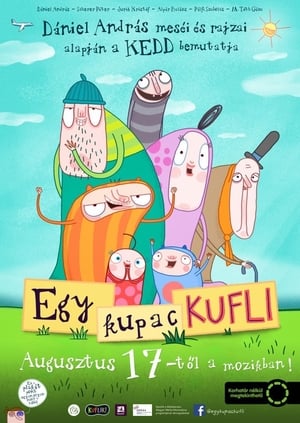
2021-1985(2021)
Confidential report on designer Dino Gavina's showroom created by Carlo Scarpa between 1961 and 1963. Restoration details and stills from a 1985 film by Ellis Donda.
Movie: 2021-1985
Video Trailer 2021-1985
Recommendations Movies
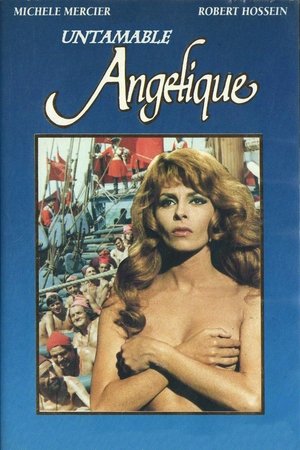 6.5
6.5Untamable Angelique(fr)
Angelique goes in search of her husband Joffrey de Peyrac who did not die on the stake.
 7.1
7.1UFC 101: Declaration(en)
UFC 101: Declaration was a mixed martial arts pay-per-view event held by the Ultimate Fighting Championship (UFC) on August 8, 2009 in Philadelphia, Pennsylvania. It was the first UFC event held in Philadelphia. The event featured the second title defense of Lightweight Champion BJ Penn against Kenny Florian, and a non-title Light Heavyweight bout for Middleweight Champion Anderson Silva against former Light Heavyweight Champion Forrest Griffin.
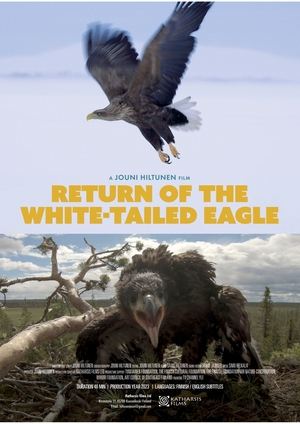 9.1
9.1Return of the White-tailed Eagle(fi)
The documentary Merikotkan paluu (Return of the white-tailed eagle), tells the tale of the past and the present of the white-tailed eagle. The second protagonist of the film is the human - the animal that can be blamed for the eagles’ distress but also credited for its rescue.
Koga - A New Wind(en)
Few fighters can claim to have changed the face of their sport. Toshihiko Koga is one. The three-times World and Olympic champion invented his own incredible style of judo. Now, learn from Koga himself as he reveals the secrets to his success!
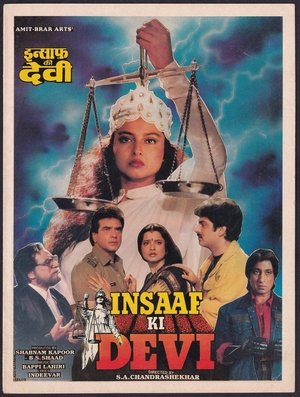 10.0
10.0Insaaf Ki Devi(hi)
A devastated Sadhana vows to seek revenge against Suraj Prakash after he is acquitted for the murder of her daughter Pinky.
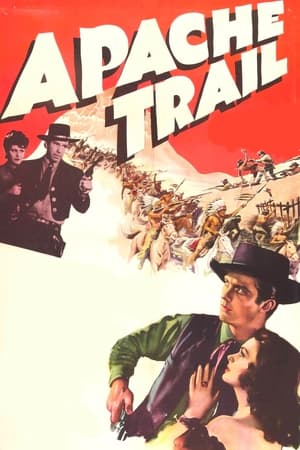 6.4
6.4Apache Trail(en)
The brother of a notorious outlaw is put in a charge of a stagecoach line way station in dangerous Apache territory. A stagecoach arrives at the station with a valuable box of cargo, and the outlaw brother soon shows up, though denying that he's planning to take the cargo box. Soon, however, rampaging Apaches attack the station, and the station manager, his brother and a disparate group of passengers and employees must fight them off.
 5.6
5.6Ninja Bachelor Party(en)
Ninja Bachelor Party is a 1991 low-budget comedy film produced by and starring Bill Hicks, Kevin Booth, and David Johndrow. It is a parody of martial arts movies and was intentionally dubbed improperly. It was filmed throughout Austin, Texas and Houston, Texas over the course of ten years due to the producers not taking the project seriously.
 10.0
10.0Lovely(ta)
Lovely starring Karthik Muthuraman and Malavika. Mahadevan(Manivannan) is a man who hates the very mention of the word 'love' and staunchly believes that his daughter Nivedha(Malavika) could - and should - never fall in love. But Nivedha is already in love with Chandru(Karthik). With his father becoming a business partner of Mahadevan and the rest of his family becoming friends with Nivedha's family, Chandru finds it easy to infiltrate Nivedha's home. Once there, he tries to impress Mahadevan while trying to prevent Mahadevan's friend from revealing his true identity as Nivedha's lover.
 6.2
6.2Shinobi no Mono 4: Siege(ja)
[Period covered: 1614-1615] Tokugawa Ieyasu is now the ruler of all Japan. But one last loose thread must be tied up before his domination is complete -- the destruction of the Toyotomi clan, now beseiged in Osaka castle. Ieyasu's ninja are the only ones who can penetrate the fortress, but unfortunately for Ieyasu, Kirigakure Saizo and the other Toyotomi ninja can just as easily get out. As armies of samurai maneuver for battle, the fate of the nation will be decided by a desperate struggle in the dark!
 10.0
10.0Der Puma - Kämpfer mit Herz(de)
Josh Engel owns a martial arts gym. Despite working daily with blows and blows, his life is calm and peaceful, as he prefers to focus on the peaceful and poetic side of the Eastern philosophies that form the basis of fights. Therefore, he is a kind of "guru" for the city's children. However, everything changes in Josh's life when Lisa is taken hostage during a criminal action. Negotiations between the bandits and the police become more tense with each passing moment. Commissioner Jackie Winter and her partner Mehmet Schulz, from the anti-crime division, have no other option and enlist the help of Josh, also known as Der Puma. It is in this extreme situation, disturbed by the tension of seeing her one step away from death, that Josh will be forced to use all his knowledge and techniques to try to save Lisa's life.
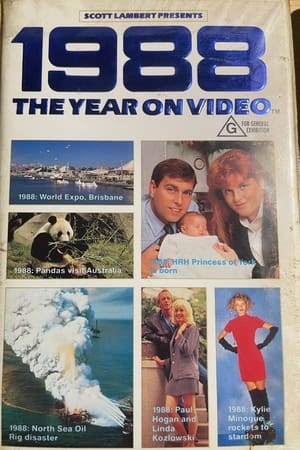 7.0
7.01988 The Year On Video(en)
1988 will long be remembered as the year of celebrations - Australia turned 200, we won gold at the Seoul Olympics, 'Fergie' gave birth to a beautiful baby girl, and the World Expo in Brisbane exceeded all expectations. But for every moment of great joy, there was a moment of tragedy and despair. Floods across Australia left thousands homeless; the world's worst air show disaster in Germany claimed the lives of 47 people; and in May we lost Ben Lexcen the genius behind the winged keel. These and countless other events that captured our imaginations, together with the people who touched our lives, deserve to be remebered. With 1988, The Year on Video they will live forever
Better Behave(en)
Physical comedy drives this vehicle for then-famous clown Poodles Hanneford, part of a legendary British circus family. Already pushing forty but impeccably nimble, he plays suitor to beauteous, heavily daddy-guarded Betty (Betty Walsh) and the duo try their hardest to elope. This is an essentially plotless series of gags but they're good ones, well above the producing Weiss Brothers' average at the time. While "Poodles" never quite parlayed his big-top celebrity into screen stardom, he occasionally appeared in movies as late as circus-themed Hollywood spectacular BILLY ROSE'S JUMBO. He passed away five years later in the Catskills, no doubt surrounded by a diehard old-school showbiz community to the end.
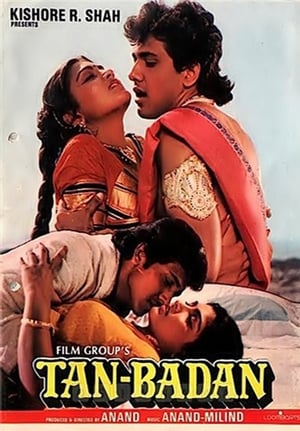 7.0
7.0Tan-Badan(hi)
A man stipulates a unique condition in his will to get his son married to the girl of his choice, but he is murdered on the same night he drafts the will.
 4.8
4.8Hello! Project DVD Magazine Vol.3(ja)
Various introductions corners, card games, quizes, 'Making Of', and concert 'Backstage Footage'.
 6.0
6.0Pigeons Are Dying, When the City Is on Fire(el)
On the warmest day of the year, two boys meet. A few hours later, a pigeon gets trapped with them. During this heatwave, all creatures dream of escaping from the city that is burning.
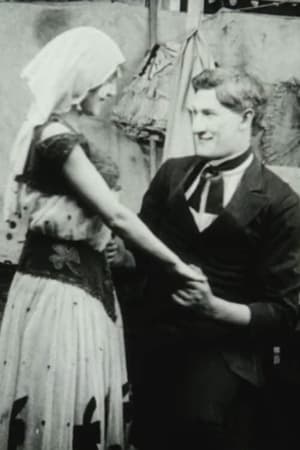 5.0
5.0The Star of the Side Show(en)
Her parents were humble peasants, and were fond of her when she was a baby, for they believed she would grow up to be a beautiful woman and make a good match. The trouble was that she didn't grow up. When she was nineteen she was no bigger than a child of six. Naturally they were overjoyed when an offer for their daughter's hand was made by another midget who lived in the same village. To their astonishment and anger, the girl refused to entertain it, declaring the husband she chose would have to be a man of whom she could be proud. Her home life was most unhappy after that, and the entire family rejoiced when a showman from the United States arrived and offered what seemed big money if she would join his "Congress of Freaks," which was quite an institution in America. And the girl went gladly.
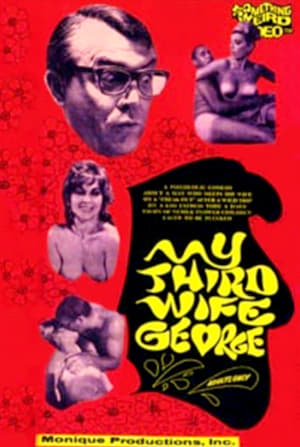 3.7
3.7My Third Wife, George(en)
Ralph Higbee is a 40-year-old drunkard who lives with his mother to take care of her. When his mother dies, he picks up three women who persuade him to take LSD for an experience. Seeking a companionship to replace his mother, Ralph meets and soon marries Josephine, but he is unable to satisfy her constant desire for sex. He leaves her when he finds out that she has other male and female lovers. Ralph marries a second time, but his second wife, Amanda, is also unfaithful and wants to scam him out of most of his money. Marring for the third time, Ralph is finally happy... until he cheats on her for no good reason and when she finds out... there will literal hell to pay
Similar Movies
 6.0
6.0Architecture of Infinity(de)
How can structures, which take up defined, rigid portions of space, make us feel transcendence? How can chapels turn into places of introspection? How can walls grant boundless freedom? Driven by intense childhood impressions, director Christoph Schaub visits extraordinary churches, both ancient and futuristic, and discovers works of art that take him up to the skies and all the way down to the bottom of the ocean. With the help of architects Peter Zumthor, Peter Märkli, and Álvaro Siza Vieira, artists James Turrell and Cristina Iglesias, and drummer Sergé “Jojo” Mayer, he tries to make sense of the world and decipher our spiritual experiences using the seemingly abstract concepts of light, time, rhythm, sound, and shape. The superb cinematography turns this contemplative search into a multi-sensory experience.
 5.5
5.5Eero Saarinen: The Architect Who Saw the Future(en)
Best known for designing National Historic Landmarks such as St. Louis’ iconic Gateway Arch and the General Motors Technical Center, Saarinen also designed New York’s TWA Flight Center at John F. Kennedy International Airport, Yale University’s Ingalls Rink and Morse and Ezra Stiles Colleges, Virginia’s Dulles Airport, and modernist pedestal furniture like the Tulip chair.
 10.0
10.0Reimagining A Buffalo Landmark(en)
The Richardson Olmsted Campus, a former psychiatric center and National Historic Landmark, is seeing new life as it undergoes restoration and adaptation to a modern use.
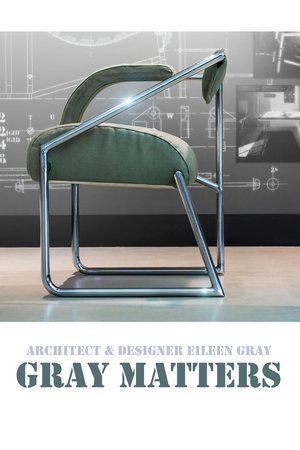 0.0
0.0Gray Matters(en)
Gray Matters explores the long, fascinating life and complicated career of architect and designer Eileen Gray, whose uncompromising vision defined and defied the practice of modernism in decoration, design and architecture. Making a reputation with her traditional lacquer work in the first decade of the 20th century, she became a critically acclaimed and sought after designer and decorator in the next before reinventing herself as an architect, a field in which she laboured largely in obscurity. Apart from the accolades that greeted her first building –persistently and perversely credited to her mentor–her pioneering work was done quietly, privately and to her own specifications. But she lived long enough (98) to be re-discovered and acclaimed. Today, with her work commanding extraordinary prices and attention, her legacy, like its creator, remains elusive, contested and compelling.
 7.5
7.5Brasilia, Contradictions of a New City(pt)
In 1967, de Andrade was invited by the Italian company Olivetti to produce a documentary on the new Brazilian capital city of Brasília. Constructed during the latter half of the 1950s and founded in 1960, the city was part of an effort to populate Brazil’s vast interior region and was to be the embodiment of democratic urban planning, free from the class divisions and inequalities that characterize so many metropolises. Unsurprisingly, Brasília, Contradições de uma Cidade Nova (Brasília, Contradictions of a New City, 1968) revealed Brasília to be utopic only for the wealthy, replicating the same social problems present in every Brazilian city. (Senses of Cinema)
 7.8
7.8Crownsville Hospital: From Lunacy to Legacy(en)
Crownsville Hospital: From Lunacy to Legacy is a feature-length documentary film highlighting the history of the Crownsville State Mental Hospital in Crownsville, MD.
 8.0
8.0Cologne Cathedral: The French Cathedral on the Rhine(de)
An exploration of Cologne Cathedral, an emblematic monument and world heritage site. The towering place of worship took over 600 years to complete. Once the tallest building in the world, its ornate facade remains a masterpiece of Gothic architecture - and a reflection of the evolution of Franco-German relations.
 0.0
0.0Rietveld Houses: A piece of furniture to live in(nl)
In 2024, the iconic Rietveld Schröder House in Utrecht will celebrate its 100th anniversary. Gerrit Rietveld designed and built the house in close collaboration with his secret lover and creative partner Truus Schröder. Rietveld himself did not build his houses for eternity; he thought a life cycle of 50 years was sufficient. But the current owners of houses designed by Rietveld think differently about this. They pull out all the stops to renovate and preserve their Rietveld houses.
 0.0
0.0One Big Home(en)
On the tiny island of Martha's Vineyard, where presidents and celebrities vacation, trophy homes threaten to destroy the islands unique character. Twelve years in the making, One Big Home follows one carpenters journey to understand the trend toward giant houses. When he feels complicit in wrecking the place he calls home, he takes off his tool belt and picks up a camera.
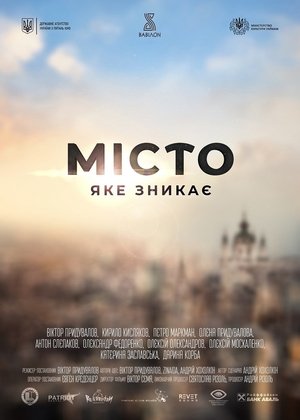 0.0
0.0Fading City(uk)
A docu-art film about Kyiv and the contemporary problems of the capital. The film raises the issue of the dilapidated state of Kyiv's old buildings and the search for effective mechanisms to preserve the city's architectural heritage.
 7.1
7.1Objectified(en)
A feature-length documentary about our complex relationship with manufactured objects and, by extension, the people who design them.
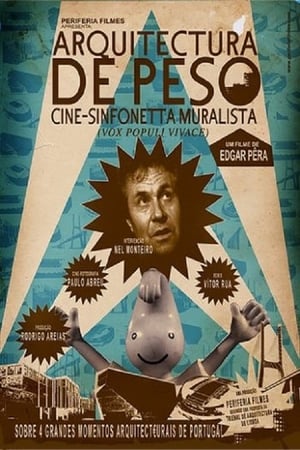 0.0
0.0Heavy Architecture(pt)
Documentary about 4 large architectural landmarks that projected Portugal abroad.
 6.0
6.0Valldaura: A Quarantine Cabin(es)
A group of young architects, confined to a forest in Barcelona during the COVID crisis, explore the problems generated by the ambition of wanting to be completely self-sufficient.
Staré Valašsko(cs)
A short film about traditional crafts and culture that can still be found in the Wallachian mountains today.
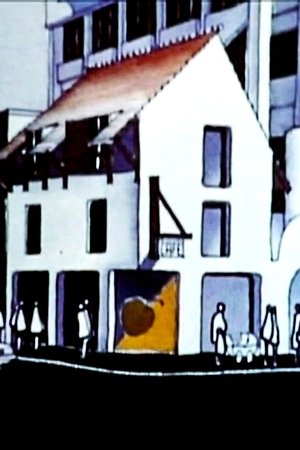 0.0
0.0Four Shorts on Architecture(en)
A visual essay on contemporary Kiwi architecture.
 5.5
5.5Big Time(da)
Big Time gets up close with Danish architectural prodigy Bjarke Ingels over a period of six years while he is struggling to complete his largest projects yet, the Manhattan skyscraper W57 and Two World Trade Center.
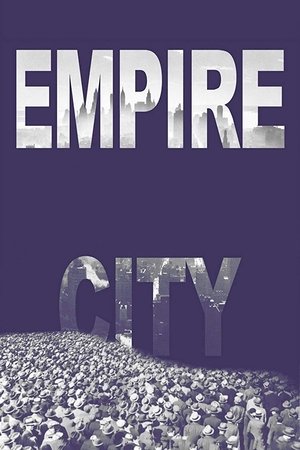 9.0
9.0Empire City(en)
A film essay contrasting the modern metropolis with its "golden age" from 1830-1930, with the participation of some of New York's leading political and cultural figures. Made at a time when the city was experiencing unprecedented real estate development on the one hand and unforeseen displacement of population and deterioration on the other. Empire City is the story of two New Yorks. The film explores the precarious coexistence of the service-based midtown Manhattan corporate headquarters with the peripheral New York of undereducated minorities living in increasing alienation.
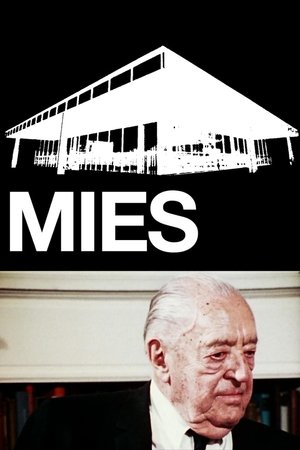 0.0
0.0Mies(en)
No understanding of the modern movement in architecture is possible without knowledge of its master builder, Mies van der Rohe. Together with documentation of his life, this film shows all his major buildings, as well as rare film footage of Mies explaining his philosophy. Phyllis Lambert relates her choice of Mies as the architect for the Seagram building. Mies's achievements and continuing influence are debated by architects Robert A.M. Stern, Robert Venturi, and Philip Johnson, by former students and by architectural historians. Mies is seen in rare documentary footage.


